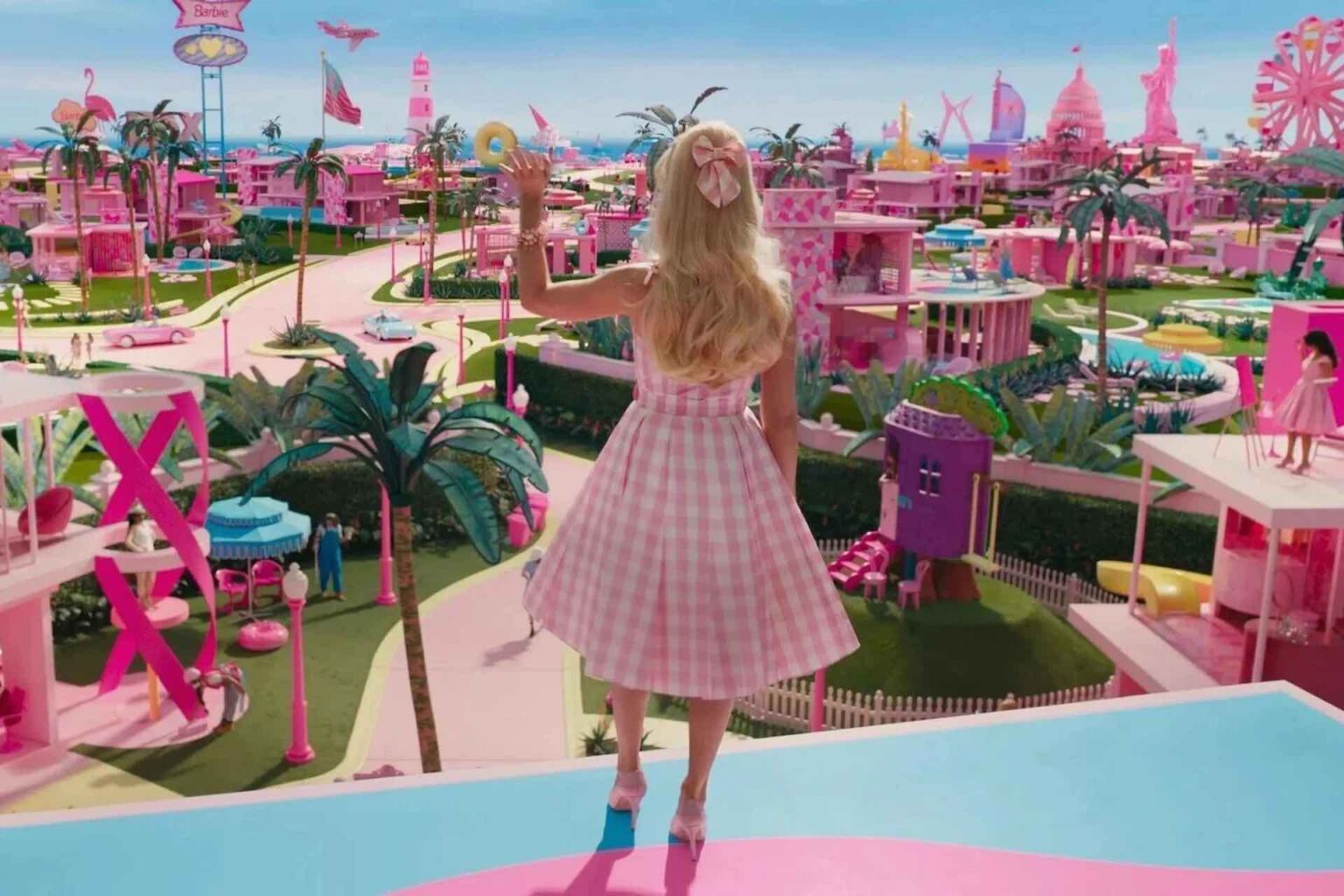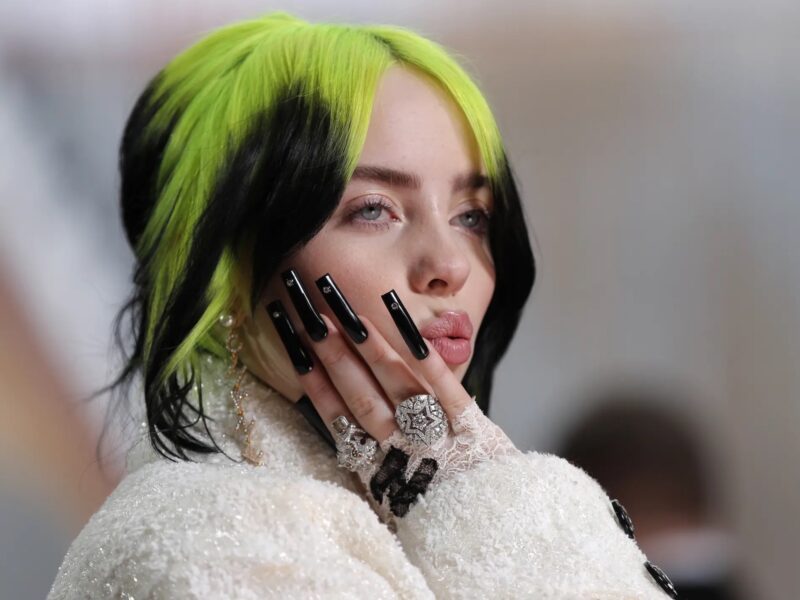
Barbie car, Barbie house, Barbie face: Is she to blame for the Botox craze?
Are our girls trapped in a plastic reality? New research has revealed startling findings about the societal implications of our most beloved doll, Barbie, as she takes the silver screen in the eagerly awaited movie featuring Margot Robbie, set to launch this Friday, July 21. There is a Botox connection, and the girls who are getting Botox now mention Barbie a lot more than we think.
Spanning multiple generations, a study showed that an astounding 82% of the one thousand women sampled feel that Barbie dolls, notorious for their slender figures and shockingly perky bosoms, propagate unrealistic body expectations. These dolls, a cultural fixture since the 1950s, are seen by many to perpetuate an unachievable physique standard. Let’s dive into the Botox and Barbie connection.

The standards
Ruth Handler, the visionary behind Barbie, was aware of the potential controversy but remained undeterred. The co-founder and former president of Mattel, who passed away in 2022 at 85, introduced the doll in 1959, claiming the public’s acceptance of a mature-figured doll for children.
Moving into 2023, the Harmony Healthcare IT survey uncovered that 69% of women believe Barbie could contribute to harmful body image issues. Barbie’s slim-yet-busty frame has been linked to body insecurities, inspiring a wave of “Barbie Girl” lookalikes and creating a trendy yet controversial aesthetic in fashion and interior design.
26-year-old Brooklyn video producer, Stephanie Rodriguez, adds her voice to this discourse. Even at her peak fitness, her body bore no resemblance to the doll’s. This led her to question the normalcy of her own body.
While Ruth Handler’s prediction of Barbie’s success proved true, the first ten years of Barbie production saw only white dolls, stirring up its own set of controversies. Despite this, Barbie was an immediate sensation, selling nearly 300,000 dolls in its first year.
Barbie wasn’t merely a doll to play with, but also a symbol that girls could dream beyond domesticity. For the first time, girls had a doll that could reflect their career aspirations.

Embracing Diversity
Fortunately, with the passing years, Mattel started to turn the tide. In 2015, the company introduced Barbies representing three new body types: curvy, tall, and petite. The Barbie brand now includes “35 skin tones, 97 hairstyles, nine body types and counting.”
The modernization seems to be well-received, with 60% of the survey respondents believing that the new Barbies do a better job at reflecting all body types. Mothers like Brianna Mati have started introducing their children to the more inclusive Barbie brand.
In spite of the previous controversies, Barbie has remained a cultural icon for over six decades. Her resilience can be attributed to Mattel’s adaptability to the ever-evolving toy industry. Many admire Barbie’s diversity and inclusivity, recognizing the significance of representation for young girls.
Around 53% of Gen Z women from the Harmony study feel Barbie now represents an ideal body type, while 39% consider her a role model.

Next phase
Barbie’s influence has now extended to the big screen with Greta Gerwig’s upcoming movie “Barbie.” The film explores the journey of Barbie and Ken from their plastic world to the real one. The movie is a testament to Barbie’s evolving brand, showcasing a diverse star-studded cast.
Interestingly, 38% of the survey participants plan to watch the new Barbie movie, and 35% of Gen Z women believe the film will provide them a more positive perspective. So, as we delve into this new era of Barbie, one question remains: Will Barbie continue to inspire girls worldwide while embracing an increasingly diverse reality?







